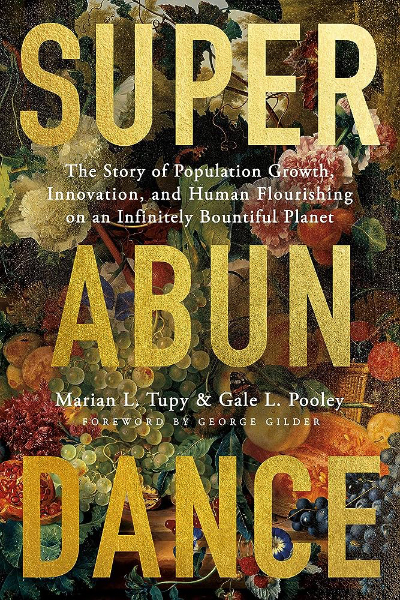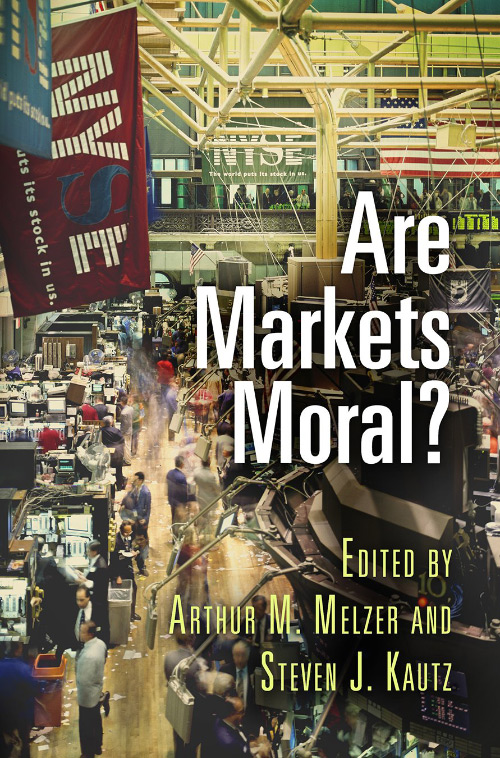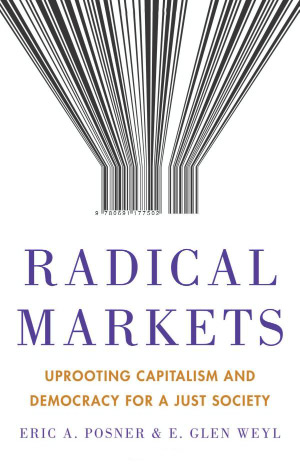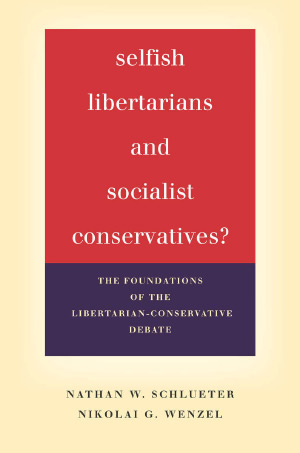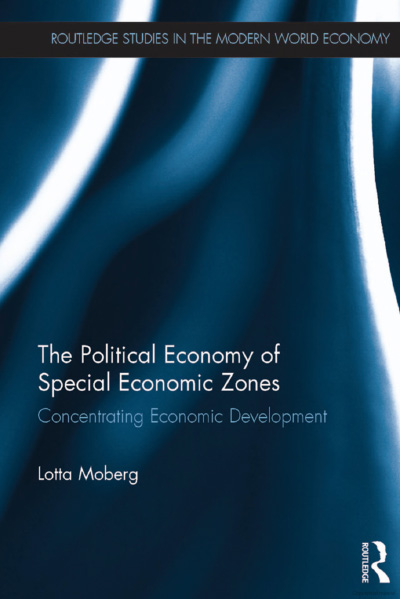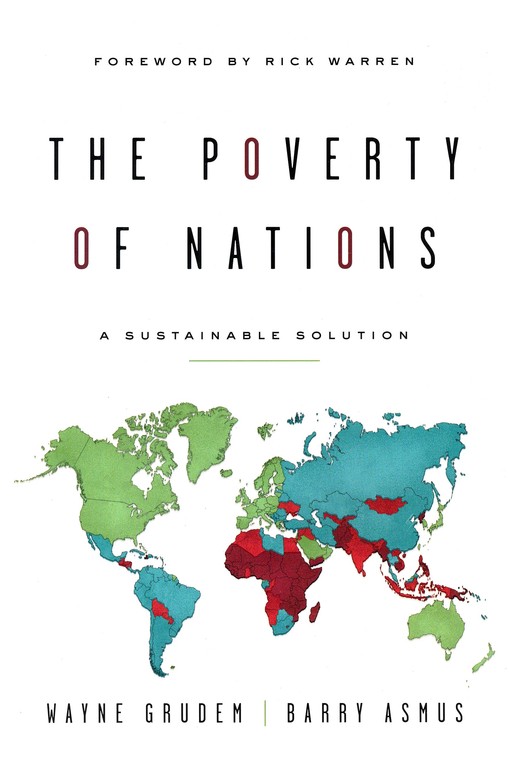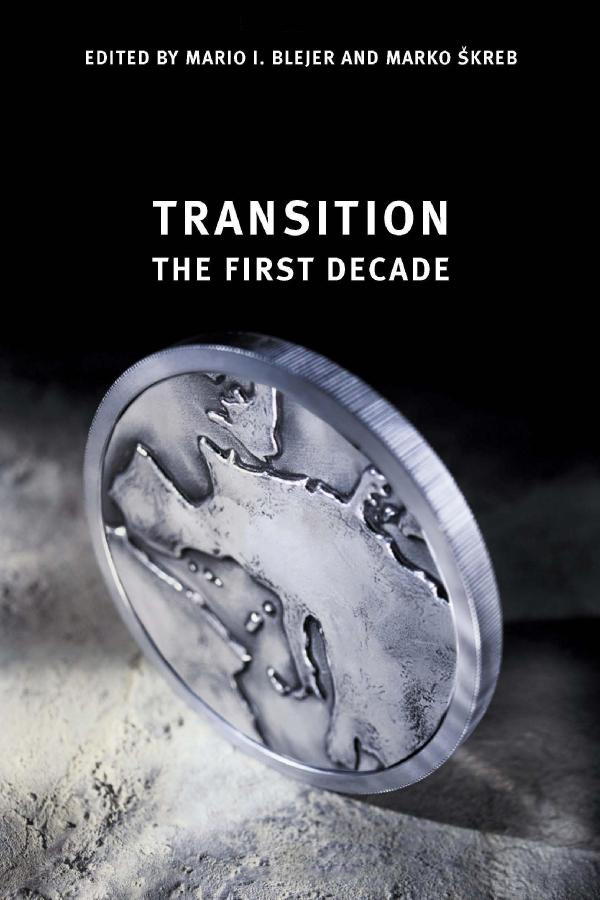Superabundance is the grandchild of Julian Simon’s influential book The Ultimate Resource (1981, Princeton, N.J.: Princeton University Press). Like The Ultimate Resource, it demonstrates that Malthusian worries about humanity running out of resources are unfounded and argues that rising population will bring even more prosperity and abundance.
As George Gilder frames things in his compelling foreword: “The ultimate test and measuring stick of wealth is time. What remains scarce when all else becomes abundant is our minutes, hours, days, and years. Time is the only resource that cannot be recycled, stored, duplicated, or recovered. Money is most fundamentally tokenized time.... Time prices calculate the hours and minutes needed to earn the money to buy goods and services. Unlike money prices, time prices are unequivocal and universal; they are the true prices” (p. xii).
The time price of an item is simply its nominal money price divided by the nominal hourly income. Since both are measured in nominal terms, there’s no need to adjust for inflation over time. Time prices are not widely used, perhaps because different people have different hourly incomes making time prices unwieldy to use on a day-to-day basis. But they can be exceptionally insightful when used across time and space to look at broad trends.
So, what has happened to the time price of the resources and goods we buy with our work? Marian Tupy and Gale Pooley demonstrate that over the period from 1980 to 2018, as the world’s population rose by 71 percent, scarcity subsided. The average working time required to earn enough money to buy fifty basic commodities—energy, food, raw materials, and metals—fell by 72 percent. “Put differently, the amount of effort required to buy 1 basket of the 50 commodities in 1980 bought 3.5 baskets in 2018” (p. 1). And this decline in time prices is even greater if we push further back into history.
This headline statistic is complemented by hundreds of narrower statistics, that lie at the heart of Superabundance. Figure 5.1, which is suitable for classroom use, shows the change in the resource time price of all fifty of the commodities tracked by the World Bank and International Monetary Fund between 1980 to 2018. These include everything from uranium (whose time price fell the most) to sugar, coffee, pork, cotton, rice, rubber, wheat, shrimp, soybeans, rapeseed, logs, fertilizer, natural gas, crude oil, gold, tobacco, wool, coal, and chicken (plus a bunch I have omitted) to zinc (whose time price fell the least—but still fell by 22 percent). Figure 5.2 plots out the change in personal resource abundance on a year-by-year basis for each of the commodities. Figure 5.3 adds another dimension by showing the change in the resource time price across forty-two countries and territories, with the greatest drop in the time price—and therefore largest increase in purchasing power—in China (no surprise) where the resource time price of commodities fell a stunning 97.5 percent. The average drop was 72 percent, with the U.S. a hair below this global average at 71 percent. Additional figures in this chapter perform the same calculations for a narrower set of thirty-seven commodities beginning in 1960, plus another set of forty commodities from 1900 to 2018 from the perspective of blue-collar workers in the United States, and similar calculations for a subset of these commodities back to 1850.
But man does not live by commodities alone, he often turns them into finished goods and services, so Tupy and Pooley supplement these measures by examining the time prices of other items including televisions, air conditioning, electricity, housing, air travel, pickup trucks and thirty-five everyday items from the 1979 Sears Christmas catalog versus identical or almost-identical items sold by Walmart in 2019. Across the board, the time price of these goods has fallen considerably. The Sears versus Walmart comparison shows that the time price of appliances has fallen about 75 percent—likewise there were drops of 72 percent for men’s goods, 70 percent for children’s goods, 70 percent for women’s goods, and 72 percent for miscellaneous goods. Only one single item bucked the trend, according to these estimates—the time price of a gold necklace rose about three percent. Sadly, perhaps because of data issues, the volume says very little about the time price of services over time—exceptions being cosmetic procedures and calculations (such as those now done by computers and smartphones).
If explaining and documenting these trends were the entirety of this book, it would be a worthy, useful, almost indispensable contribution. However, it goes much further. The authors grapple with a daunting question—if the amount of time it takes to buy these goods has plummeted during a period in which the world’s population has climbed substantially, why do so many people insist that the world is running out of resources, that we are about to plunge into an abyss, that the planet is overcrowded, and that we need fewer human beings? In the face of rising standards of living and prosperity, how can so many people be so negative?
The authors essentially argue that many people harbor a deep-seated need for pessimism. No amount of positive outcomes can shake this psychological need. Our hunter-gatherer ancestors evolved to focus on the negative. Today, when problems have become rare, we count more things as problems. Tupy and Pooley trace apocalyptic thinking and “Malthusian” thinking from ancient times to the present. (I have put “Malthusian” in quotations because it is arguable that Thomas Robert Malthus himself was not a Malthusian. See J. Daniel Hammond, 2020, Malthus Was Not a Malthusian, The Independent Review 24, no. 4: 499–507.) They have intelligent things to say about an impressively wide range of philosophers, political scientists, economists, and other thinkers. They provide a useful overview of economic history to explain the enrichment of the world since the beginning of the Industrial Revolution. They document the horrors of anti-natal policies of the twentieth century—especially the forced sterilizations, pre-natal and post-natal abortions, threats to confiscate children, and wholesale “wanton cruelty” (p. 60) in China—as well as the rising tide of anti-natalism around the world in the twenty-first century. Ultimately, they cast considerable blame on the modern environmental movement, likening it to a “secular religion,” that “fulfills the same psychological needs as religion does” but has become increasingly “destructive” and “self-defeating” (p. 393). “The decline of religion in rich countries ... has created a void that is increasingly filled by environmentalism,” an environmentalism that creates “a lot of sadness” (p. 395), unlike the religion it seeks to replace. They do not endorse or censure religion, but they certainly recognize its usefulness and some of the perils that will arise if it wanes.
Tupy and Pooley aren’t Pollyannas nor are they doomsayers. They note that “the ‘line’ of progress is jagged, not smooth” but conclude that “there are ... rational grounds for cautious optimism” and remind the reader that this “progress does not mean that we’ll ever reach a paradisiacal end state where everything will be optimal for everyone everywhere” (p. 39). Superabundance, they conclude, “depends on two main components: people and freedom. People who are free to think, speak, read, publish, and interact with others generate ideas, and market-tested ideas lead to progress. The more people the planet has and the more freedom they enjoy, the greater the likelihood that new good ideas will be generated to tackle the problems that still remain and those that will arise in the future” (p. 401–402).
| Other Independent Review articles by Robert M. Whaples | ||
| Summer 2024 | The Journey of Humanity: The Origins of Wealth and Inequality | |
| Summer 2024 | Of Boys and Men: Why the Modern Male Is Struggling, Why It Matters, and What to Do About It | |
| Summer 2024 | These United States: Our Nation’s Geography, History and People | |
| [View All (96)] | ||



